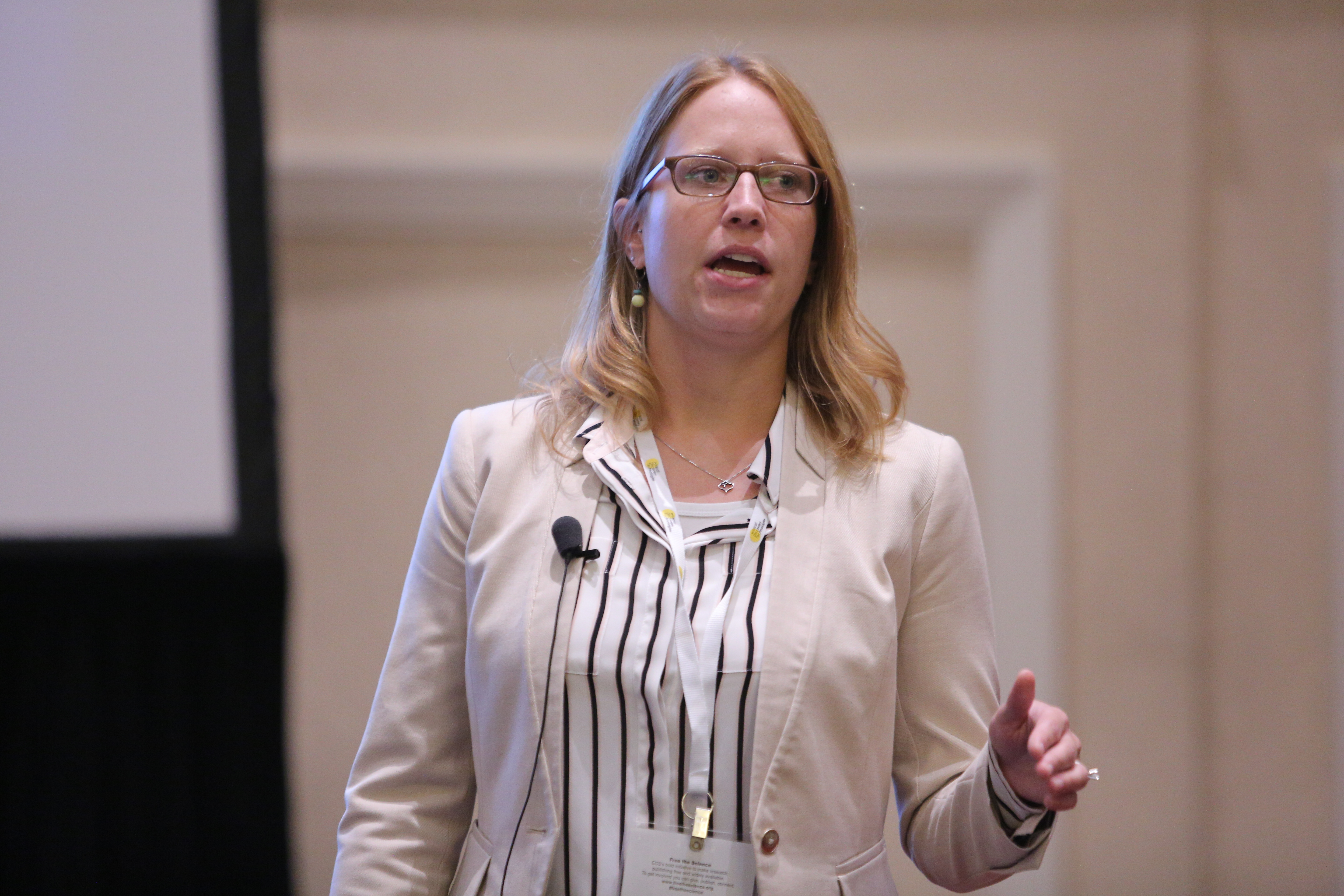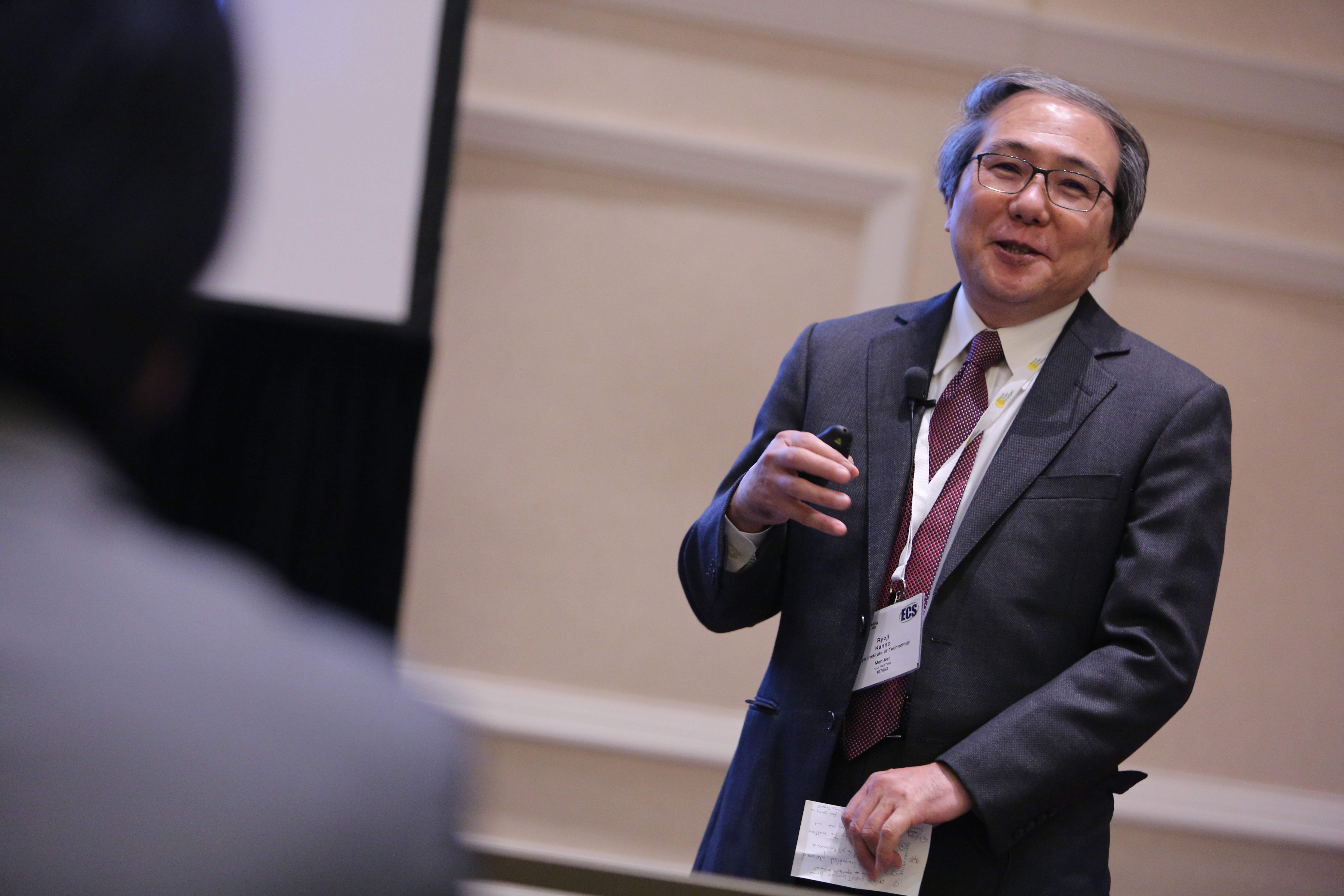 ECS is once again participating in International Open Access Week. It begins on Monday, October 23 and for the week you’ll be able to read and download anything in the ECS Digital Library at no charge. That’s over 132,000 articles and abstracts.
ECS is once again participating in International Open Access Week. It begins on Monday, October 23 and for the week you’ll be able to read and download anything in the ECS Digital Library at no charge. That’s over 132,000 articles and abstracts.
ECS proud to participate in Open Access Week as part of its commitment to Free the Science, an initiative to move toward a future that embraces open science to further advance research in our fields. This is a long-term vision for transformative change in the traditional models of communicating scholarly research. Being open means better collaboration, more impact, and faster progress.
Let your friends and colleagues know what ECS is doing so they too can take advantage of our free research! Discover information in fields like energy technology, communications, transportation, human health and welfare, and the general sustainability of our planet.
PS: If you like what ECS is doing to promote more openness in research communications, please consider supporting Free the Science. Your gift, no matter the size, will help ECS build an example for the world. Donate now!



 Five German scientists have
Five German scientists have  Engineers have developed a flexible sensor “skin” that can stretch over any part of a robot’s body or prosthetic to accurately convey information about shear forces and vibration—information critical to grasping and manipulating objects.
Engineers have developed a flexible sensor “skin” that can stretch over any part of a robot’s body or prosthetic to accurately convey information about shear forces and vibration—information critical to grasping and manipulating objects. Topic Close-up #2
Topic Close-up #2 Topic Close-up #1
Topic Close-up #1